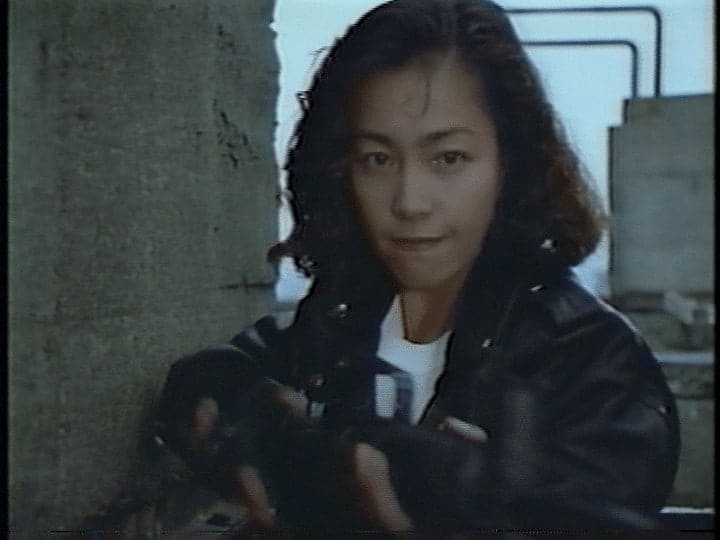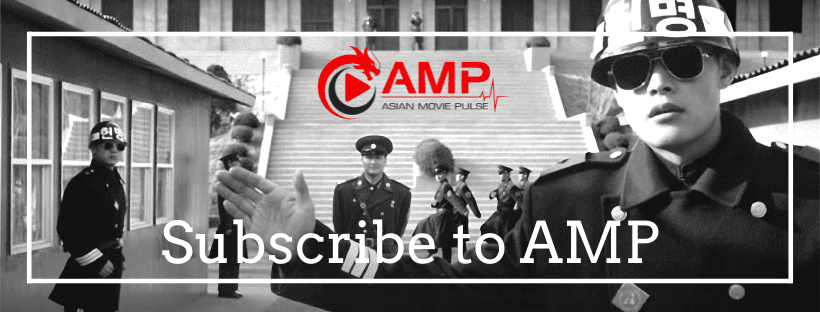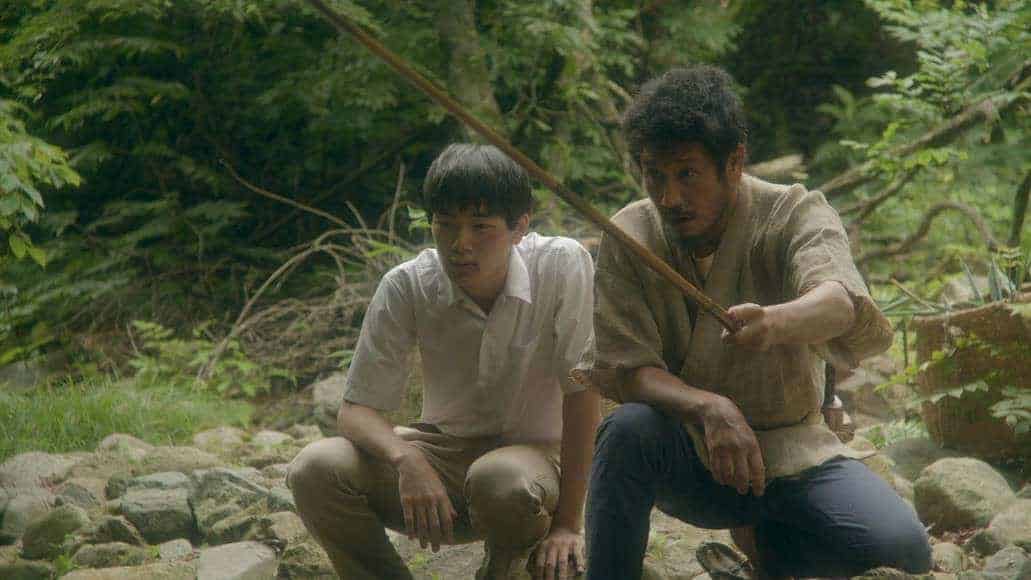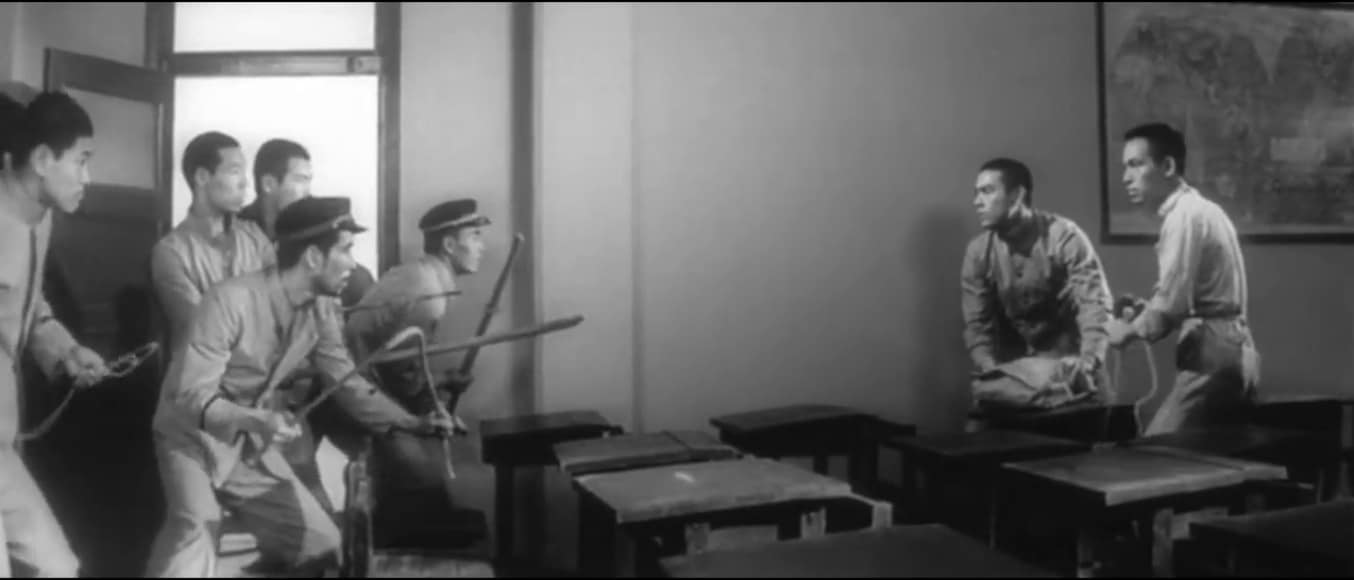“Lady Hunter: Prelude to Murder” is Takashi Miike's first shot film, although it was released after “Eyecatch Junction”.
Saeko, an ex-soldier suffering from PTSD, has to deal with a child-abduction situation when her ex-boyfriend, who also happens to be the director of a daycare, finds refuge for him and Riki, a child, in her apartment. Riki's mother never showed up to the childcare. The ex-lover and the child got attacked on the way to the kid's home. Following the brutal attack, everyone gathers at Saeko's place. Little by little, it is revealed that Riki is in fact the King of Moldova's son. His father is willing to do whatever it takes to have his boy back. But the former soldier is there to keep mother and child together.
One of the most interesting aspects of “Lady Hunter” is that the main character, the one that saves the day, protects everyone and puts up a fight, is female. Nonetheless, the question of how she is represented in the film can be asked. Saeko, played by former J-pop idol Yoshie Kashiwabara, is unnecessarily sexy in most scenes, and pretty suggestive when she is having nightmares/flashbacks. She also represents a substitute mother or Riki. In this sense, the character does not escape the usual tropes associated with women in movies: sexualized and mother-figure. The question of female representation also comes up with a very useless and quite problematic scene, where a naked nurse is bonded in an allusive way. This scene, highly reminiscent of Japanese bondage movies, serves the male gaze but doesn't bring anything, either narratively or cinematographically to the movie.
Even though the script lacks coherence and consistency, the movie is mostly entertaining. It has all the ingredients of a good 1980s'-1990s' action flick: the good and the bad guys are clearly defined, there are guns, knives, fist fights, artisanal bombs, car chase, leather jackets, sunglasses and intense looks.
Mirroring the plot and despite the interesting back story, the main character could use more consistency and depth. Nonetheless, Kashiwabara's acting is in tone with the action heroine figure and believable.
Visually, the movie sometimes reminds of mangas, with a fast pace and physical gags. Miike is experimenting with the shots: POV, close-ups, wide shots; in the end, they all serve the action scenes and no shots are particularly striking as “out-of-movie”.
In conclusion, “Lady Hunter” is worth watching for Takashi Miike's fans, as a better way to understand his style, to observe his evolution and to return to the filmmaker's roots. Nevertheless, it is not recommended as an introduction to the Japanese director.

















